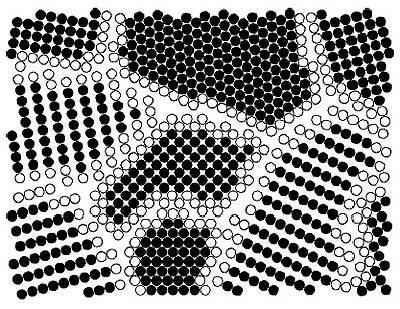 | ||
Lec 4 nano crystalline materials part ii
A nanocrystalline (NC) material is a polycrystalline material with a crystallite size of only a few nanometers. These materials fill the gap between amorphous materials without any long range order and conventional coarse-grained materials. Definitions vary, but nanocrystalline material is commonly defined as a crystallite (grain) size below 100 nm. Grain sizes from 100–500 nm are typically considered "ultrafine" grains.
Contents
- Lec 4 nano crystalline materials part ii
- Synthesis
- Solid state processing
- Liquid processing
- Vapor phase processing
- Solution processing
- References
The grain size of a NC sample can be estimated using x-ray diffraction. In materials with very small grain sizes, the diffraction peaks will be broadened. This broadening can be related to a crystallite size using the Scherrer equation (applicable up to ~50 nm), a Williamson-Hall plot, or more sophisticated methods such as the Warren-Averbach method or computer modeling of the diffraction pattern. The crystallite size can be measured directly using transmission electron microscopy.
Synthesis
Nanocrystalline materials can be prepared in several ways. Methods are typically categorized based on the phase of matter the material transitions through before forming the nanocrystalline final product.
Solid-state processing
Solid-state processes do not involve melting or evaporating the material and are typically done at relatively low temperatures. Examples of solid state processes include mechanical alloying using a high-energy ball mill and certain types of severe plastic deformation processes.
Liquid processing
Nanocrystalline metals can be produced by rapid solidification from the liquid using a process such as melt spinning. This often produces an amorphous metal, which can be transformed into an nc metal by annealing above the crystallization temperature.
Vapor-phase processing
Thin films of nanocrystalline materials can be produced using vapor deposition processes such as MOCVD.
Solution processing
Some metals, particularly nickel and nickel alloys, can be made into nanocrystalline foils using electrodeposition.
